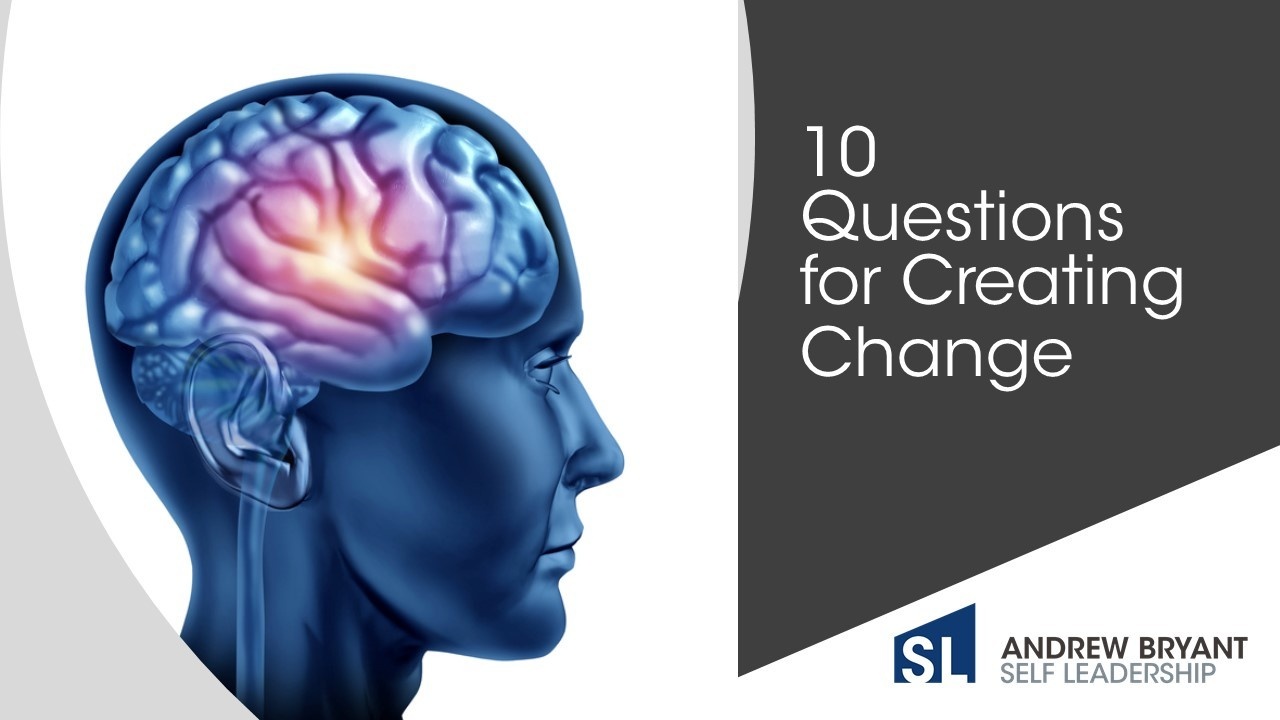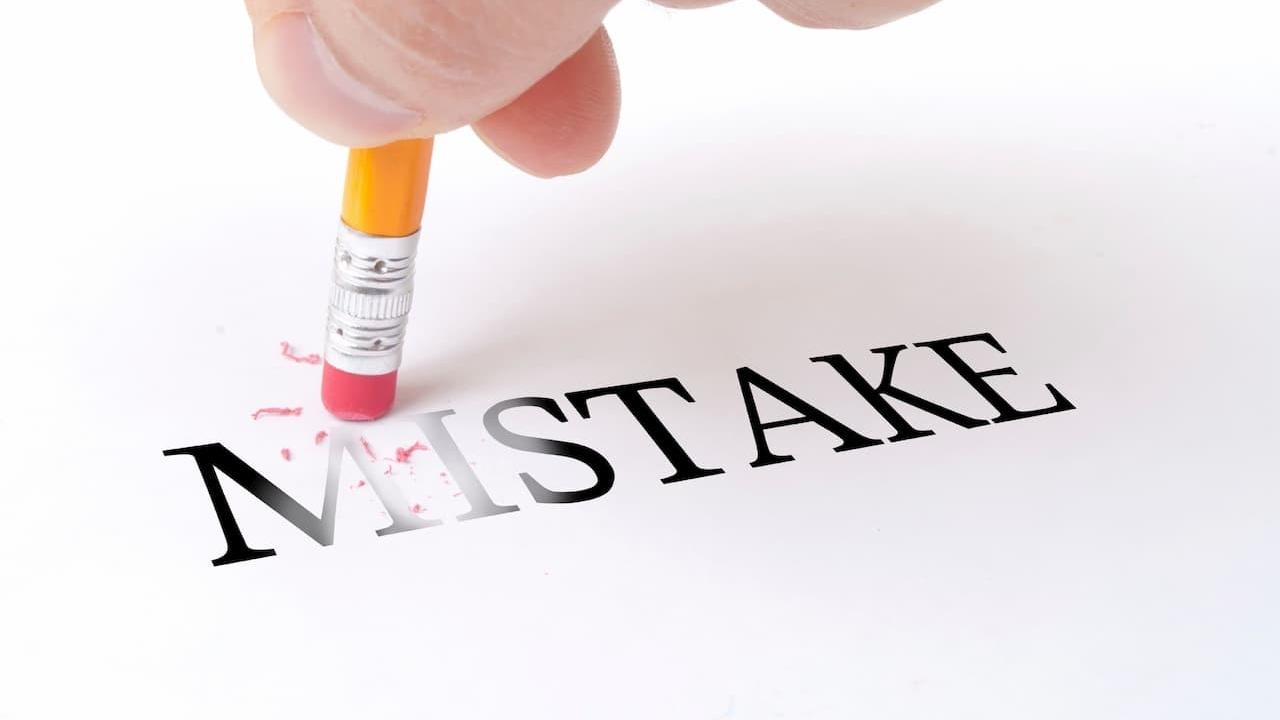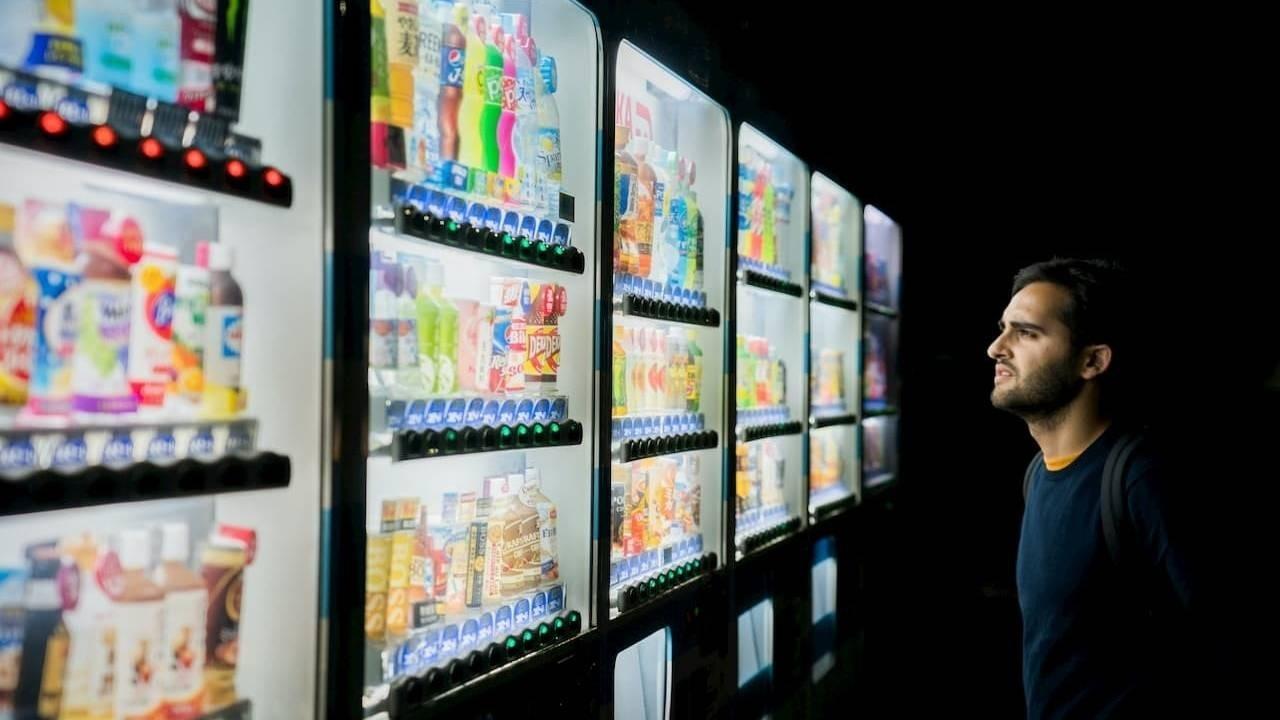THE SELF-LEADERSHIP BLOG
More than a Leadership Blog, this is where Self-leadership Theory becomes concrete strategies for unlocking Human Potential in the Age of AI.
In addition to the blog posts, check out the Self-leadership to Potenial-ize Podcast >>
Why Love is the Secret for Feedback and Growth
May 17, 2023
How to Read the Room on Zoom
Jan 16, 2022
Personal Branding - How to build your Brand
Mar 29, 2021
10 Questions for Creating Change
Feb 19, 2021
Choosing the right Executive Coach for you
Nov 03, 2020
The Secret to Effectively Managing Employee Mistakes
Sep 28, 2020
The Resilience Definition Paradox
Mar 02, 2020
Motivation for Leaders
Feb 26, 2020
Leadership is about People, Choices and Economics
Feb 14, 2020















